OIM Orthopedie x Project MARCH
The sixth Project MARCH team's biggest challenge is to make the exoskeleton run dynamically. To make this possible, the team has implemented sensors. These sensors serve as inputs to adapt the walking patterns of the exoskeleton to its environment. But before that happens, the gait patterns need to be designed. The sixth team has tried to create gait patterns that look and feel natural, in an effort to reduce pilot effort. Former gait patterns were based on gait patterns of non-disabled individuals and performance during training with the exoskeleton. This year, Movement Engineers are looking at it from a different perspective. This is because the lower body of a non-disabled person has about seven degrees of movement, while the Project MARCH exoskeletons have only four. As you might imagine, this makes it almost impossible to walk like a non-disabled person. Therefore, the sixth team decided to try a completely different approach and use these limitations in movement as a starting point.
Movement Engineer Floor Heijs, in collaboration with the specialists at OIM Orthopaedics, developed a passive exoskeleton that has exactly the same movements of a human body as our exoskeleton. Through research, it is possible to observe how a person wearing the passive exoskeleton adjusts their gait pattern according to these limitations in freedom of movement. The insights from this research form the basis of the new gait patterns of the exoskeleton.
Wondering how this exoskeleton was developed? Then watch the video below!

